Starlux, Taiwan’s third major airline, has expressed interest and intentions to join the Oneworld alliance. This makes sense, given that the island’s other two major carriers, Eva Air and China Airlines, are a part of Star Alliance and Skyteam, respectively.
We have seen the airline develop an interline partnership with American Airlines in August, allowing passengers to book single tickets and through-checked baggage. Starlux also launched service from Taipei to Phoenix, further integrating itself into American’s network.
Given Starlux’s existing codeshare partnership with Alaska Airlines, passengers seemingly can expect a new Oneworld airline in the making.
In mid-September, Focus Taiwan reported that Starlux CEO Chai Chien-hua confirmed plans to apply for membership in the Oneworld Alliance by the end of 2025. This would mean Starlux will work its network, frequent flyer programs, and passenger transit logistics with other Oneworld member carriers. Although the application makes sense on paper, a couple of Oneworld’s founding members may see negatives.
The Proximity of Cathay Pacific
The distance between Taipei and Hong Kong is about 500 miles, or about 800 kilometers. Given this proximity, an entry into the Oneworld alliance could ramp up competition with Cathay Pacific, less than 2 hours away.
Cathay Pacific already uses Taipei as a connecting hub as they move traffic to and from Japan. Additionally, the airline likes to capture traffic from Southeast Asia and move it onward to North America or Europe.
Related: Looming Russian Airspace Ban on Chinese Airlines Spotlights Transpacific Holdouts
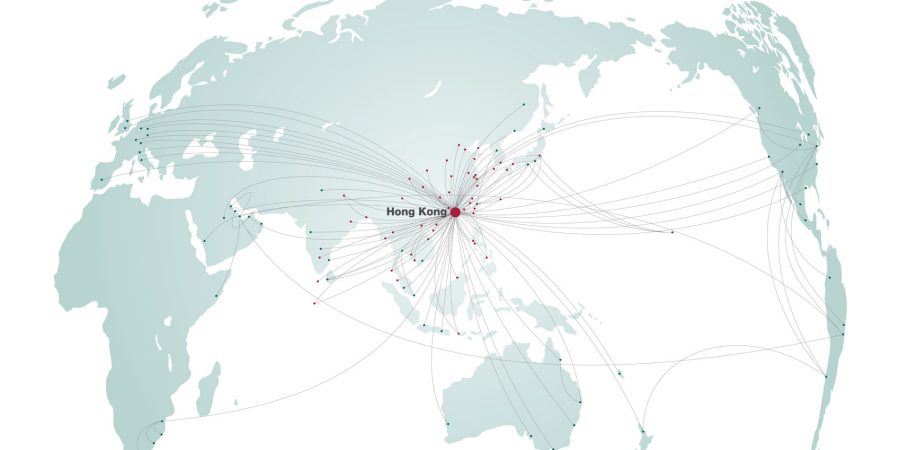
For the most part, Starlux will likely want to use the same strategies to be successful in Taiwan when it joins an alliance, and Cathay Pacific may not like increased competition just 500 miles away.

Rhys Jones from Head for Points last year asked Cathay Pacific CEO Ronald Lam about Starlux’s ambitions to join its alliance.
“I would let the oneworld management team evaluate it. The oneworld team will make the best recommendation for the alliance.” Followed by the question of whether Cathay will take their recommendation on board, he answered “Yes.”
At the very least, it’s not a public and firm no. But Cathay Pacific has more reasons than not to block attempts for Starlux to join Oneworld, and observing its response over the next several months while it seeks to apply will be a point of interest, particularly since the Hong Kong-based carrier has the power to veto new airlines as a founding member of Oneworld.
American’s Vision in China
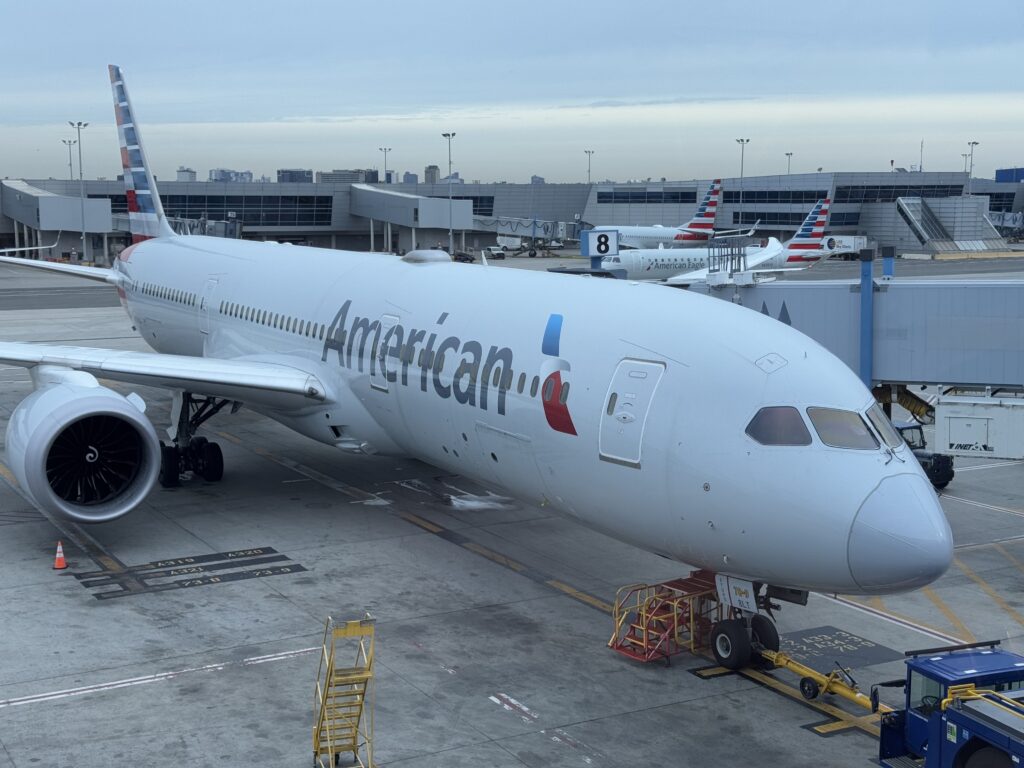
In 2017, American Airlines invested in China Southern and developed a codeshare agreement with the airline, allowing passengers to seamlessly transit through each other’s flights, earn miles, and have lounge access.
Since China Southern left the Skyteam alliance in 2019, there have been plenty of rumors of it joining the Oneworld alliance, especially given American’s interests and investments in the airline.
These rumors have been on and off, and have been around for a while now, perhaps without a lot of development. Starlux’s intentions to join Oneworld this year may shine light on what American truly envisions in China and with China Southern.
Like Cathay Pacific, American Airlines also has the power to veto new airlines as a founding member. American may give Starlux a hard time if it wants to deepen its relations with the Chinese carrier, or even have it join its alliance. Given China Southern’s main hub of Guangzhou is located close to Taipei (and Hong Kong, for that matter), geographical competition is the reason again of why the two airlines may not be compatible within the same alliance.
Although indirect, American’s response to Starlux’s Oneworld application over the next several months may be an update to the airline’s future intentions with its China Southern partnership and its East Asia strategy as a whole.
Featured image by Starlux.


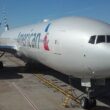
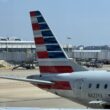
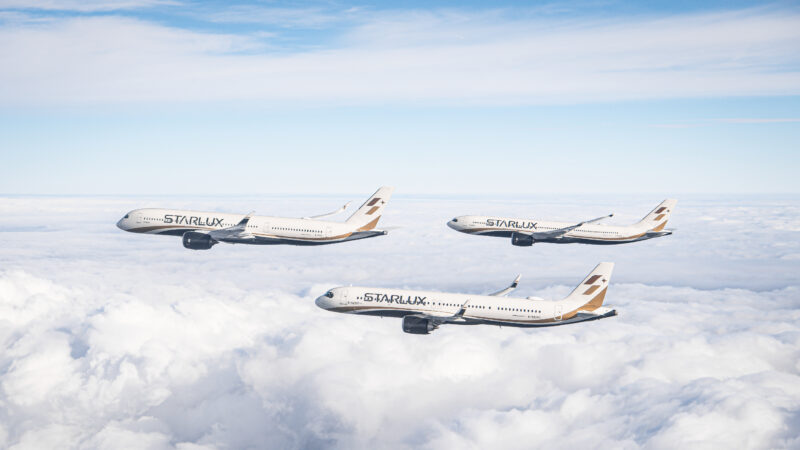
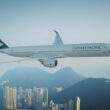
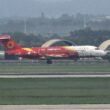

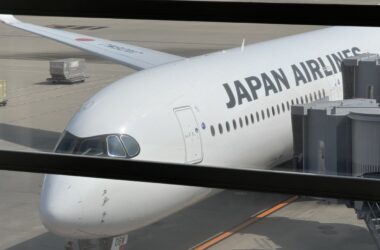
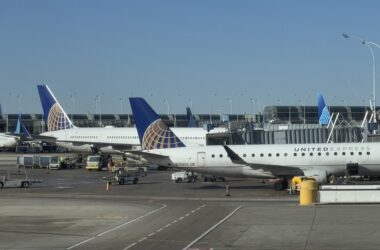
The route map you show above has flights to South America but Cathay doesn’t fly to South America. Presumably those are with partners but other partner routes aren’t listed such as Qantas routes to/from North America. Any idea what criteria were used for the map?
Good question actually, I had that up just to show the routes from Southeast Asia to HKG and HKG to North America. Now that you mention it, the Africa stuff is interesting…